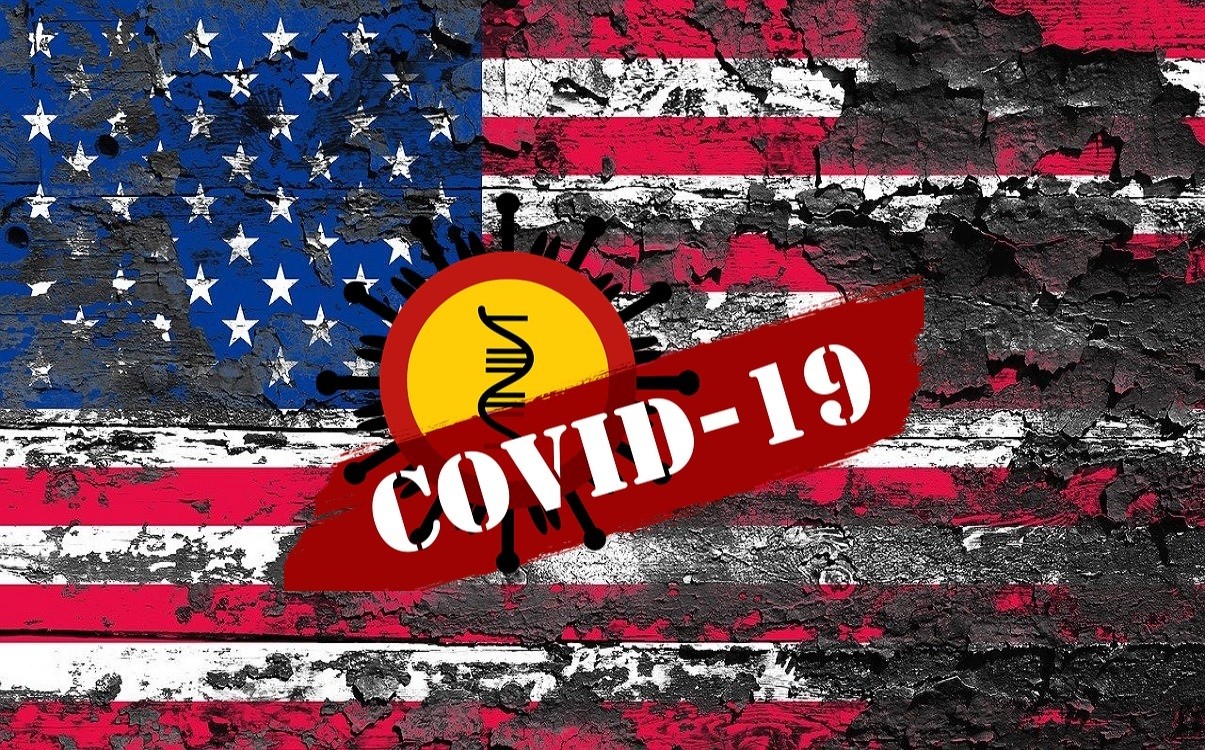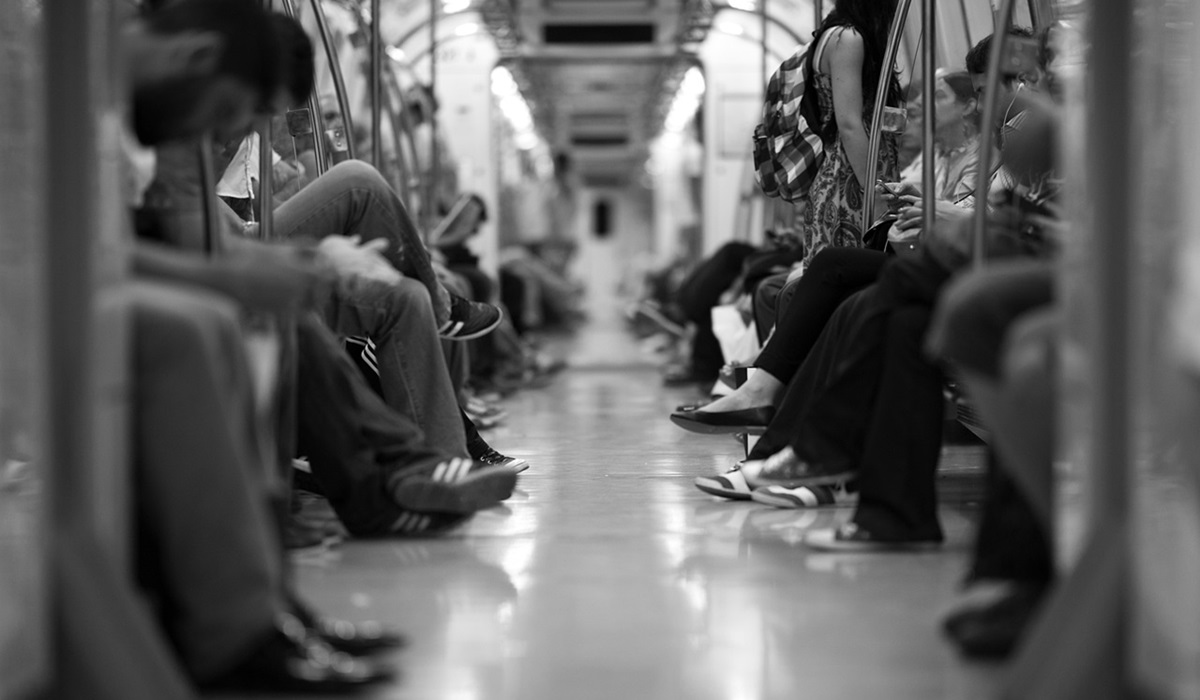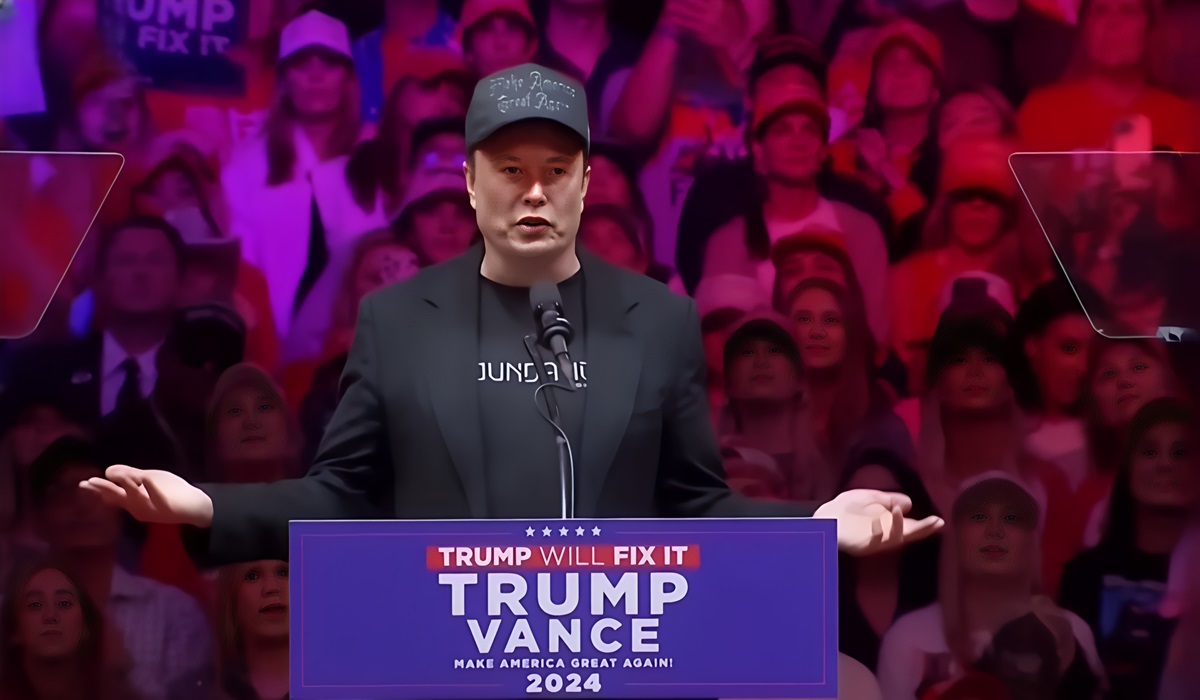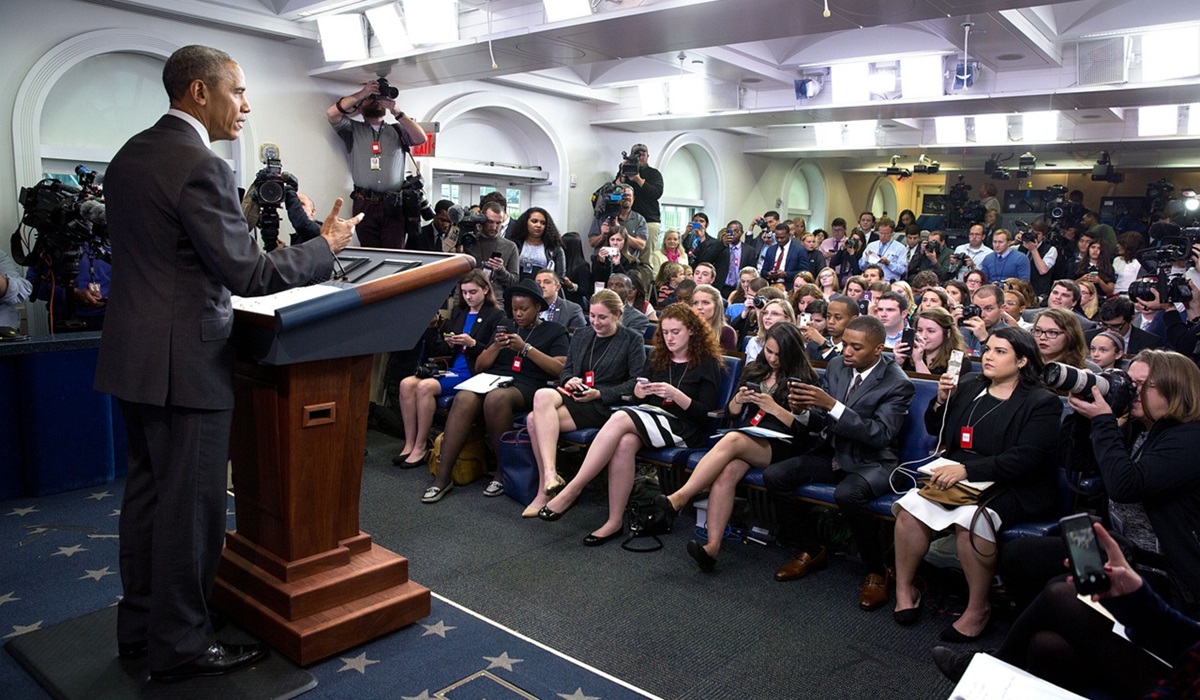Washington, D.C. – Senate Democratic Leader Chuck Schumer (D-NY) today released a detailed proposal for $8.5 billion in emergency funding to fight the spread of coronavirus in the United States.
“Congress must act swiftly to confront the threat of this global health crisis,” said Leader Schumer. “This proposal brings desperately-needed resources to the global fight against coronavirus. Americans need to know that their government is prepared to handle the situation before coronavirus spreads to our communities. I urge Congress to move quickly on this proposal. Time is of the essence.” Said, Senator Schumer
With no plan to deal with the potential public and global health crisis related to the novel coronavirus, the Trump administration made an emergency supplemental appropriations request on Monday. It was too little and too late—only $1.25 billion in new funding. For context, Congress appropriated more than $6B for the Pandemic Flu in 2006 and more than $7B for H1N1 flu in 2009.
The administration’s request also asked Congress to reprogram funding dedicated to fighting Ebola—still considered an epidemic in the Democratic Republic of the Congo (the second-biggest Ebola epidemic ever recorded, behind the West Africa outbreak of 2014-2016)—to deal with the coronavirus, which would make American people and the world less safe.
America must prepare for—and aggressively combat—all infectious diseases with urgency and vigor. In order to do so, they need a comprehensive plan and robust resources to execute a mission. Thus far, the Trump administration has failed to develop a plan and request the appropriate resources from Congress. Many of our states and cities have been left to foot the bill. The Schumer Supplemental request will address these problems.
1. $1.5B for the Centers for Disease Control and Prevention—Including for the Infectious Disease Rapid Response Reserve Fund and Global Health Security
a. CDC is at the front lines of America’s domestic and international response to the coronavirus. This funding is needed to strengthen critical support to state and local health departments, bolster laboratory work, and more. Other activities, like the evacuation of American citizens from China, deployment of CDC staff to states and ports of entry, and the purchase of protective and laboratory equipment and supplies, have been supported by the IDRRRF, depleting this fund.
2. $3 billion for the Public Health and Social Services Emergency Fund
a. The Public Health and Social Services Emergency Fund helps drive our nation’s medical and public health preparedness for, response to, and recovery from disasters and public health emergencies. These funds would ensure our Department of Health and Human Services has the resources need to do the job and help contain the spread of this new virus.
3. $2 billion set-aside for State and Local Reimbursement
a. State and local health departments are on the front lines of the coronavirus outbreak. Many cities, like New York, have already spent millions on personnel, lab equipment, and supplies. Additional expenditures are expected to include supplies for hospital triage and isolation spaces, as well as lab testing. Additionally, there’s a significant need for staff and other resources to support the public health and healthcare response, including implementing the federal quarantine order. These activities require around-the-clock staffing, temporary housing, transportation, cleaning contracts, and wrap-around services.
4. $1B for the USAID Emerging Health Threats—Emergency Reserve Fund
a. The global health community is actively fighting the dual threats of Ebola and coronavirus in the midst of a potentially severe influenza season. This global response is a resource-intensive effort. The international effort, led by the United States, is severely underfunded. The Emergency Reserve Fund allows USAID to respond to emerging health threats that pose severe risks to human health.
5. $1B for the National Institutes of Health—Vaccine Development









